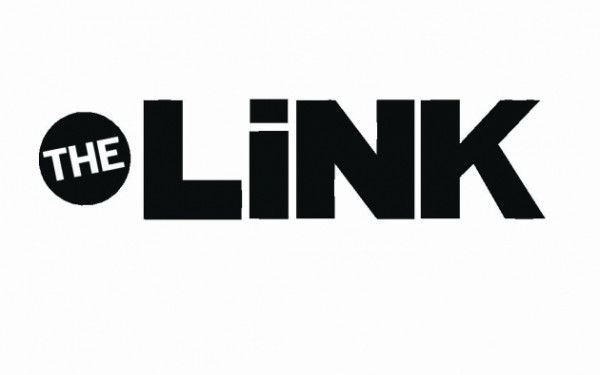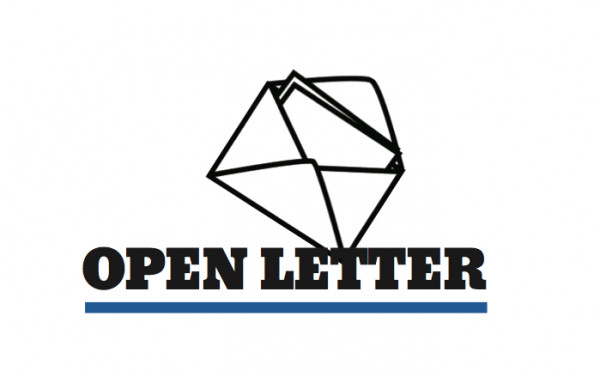Speak Up for Your Space
CSU and MHPM Teaming Up to Assess Students’ Needs
On the heels of signing a $97,500 contract, the Concordia Student Union is actively working alongside project management firm MHPM to determine what students want and need in terms of space at this university.
The union inked the deal with the firm in late October, but due to a delayed acceptance of the proposal, the CSU has been forced to adopt a compressed timeline.
They’ve had to slash roughly two months off the one that was initially proposed—and consequentially are still immersed in phase one of the three-part plan, which remains slated to wrap up by the end of this school year.
VP Internal and Clubs Nadine Atallah, the CSU’s primary liaison with MHPM, said that despite the rush and daunting workload, “nothing’s had to give, yet.”
Patrick Goodwin, the CSU’s primary consultant with MHPM, said the executive has been realistic in what they can accomplish in the confines of their mandate.
“They aren’t aiming to draw up some beautiful castle in the sky that they can sell,” he said. “This is about defining needs and listening.”
Assessing Students’ Needs
Sometime, likely later this week, Concordia students will be given the opportunity to answer a roughly ten-question survey about their wants and needs regarding student space.
Atallah isn’t sure yet how the survey will be distributed, though she said it will be available before the end of the current semester.
The questions, aimed at the average, relatively uninvolved student, are designed with the intention of filling informational voids left by the $11,046.80 Leger Marketing student space survey commissioned by last year’s CSU.
Atallah said that while that survey is a great resource in terms of students’ views on school space in general, it fails to delve into specifics regarding an actual student centre—something she hopes next week’s survey will address.
Meanwhile, the CSU and MHPM have also been working on the task of interviewing each of the university’s student clubs and fee-levy groups, seeking to find out what the “super-users” need from their space.
“You are dealing with different needs,” explained Atallah. “We are trying to get a holistic view so we can figure out how to best serve everybody.”
She said that once they have completed the needs analysis, synthesized the data from it and produced a report, they will begin looking at financially viable options to present to council, and then to students.
Those possibilities are expected to surface at some point in February.
Once they have been made public, the CSU will be seeking feedback from students on the options presented to them—and intends to set up a website to allow them easy access to information about each option and the findings from the needs assessment.
“Next semester is going to be a crucial time in determining how this project is going to move forward, if it is going to move forward at all,” said Atallah. “It can’t move forward unless [students] take real interest in it.”
If students choose not to participate, she said, they are choosing to leave the decision-making to someone else.
To the Table—Or Not
The CSU and MHPM have opted to wait to instigate a conversation with the university administration until they have collected concrete evidence of what students want.
“There is a lot of power that comes from saying that you’ve consulted with so many associations and with 35,000 students,” she said. “That way, I can say, ‘This is what they want,’ and it’s hard to argue against that.”
Atallah estimates they will enter discussions and negotiations closer to February.
The union is currently bound by a controversial student centre contract with the university. Former CSU president Keyana Kashfi signed a forty-year binding contract in May 2009.
Atallah said the urgency of re-negotiating with the university will be determined by whether or not it seems that students want to enter a partnership with the university.
If other options are entertained, such as a private partnership or an exclusively student-run space, then—while the contract will remain binding—it won’t delay the progression of the student centre project.
“There is a balance-of-power shift if one option surfaces that makes sense to a lot of students,” said Goodwin. “It’s not reacting to the administration, but rather putting forth something.”
Referendum
Despite working on a constantly changing timeline, there are certain dates and deadlines that are inevitably absolute—whether the CSU and MPHM are ready for them, or not.
The most noteworthy of which being the CSU’s mandatory March elections—the point where the union could potentially take their proposed student space options to a referendum vote.
Atallah and Goodwin have already been in touch with the CSU’s judicial board and chief electoral officer to ensure procedures leading up to a potential referendum are properly understood and followed.
“If it needs to go to a referendum, it will,” said Atallah.
“We are going to have to develop this question and make sure that it isn’t written in a way that isn’t guiding or leading anyone into one option or another,” she said. “It’s not like a fee levy where you’re going to be saying ‘yes’ or ‘no’ or ‘abstain,’ you are going to be picking between different options.”
In Nov. 2010, 69 per cent of undergrads voted “no” to a series of fee levies which, if passed, would have resulted in students paying $4.50 per credit toward a multi-million-dollar student union building project—revealed to be the Faubourg Building—by this year.
In March 2009, a proposed fee levy of $2.50 per credit to purchase a student union building was rejected by 72 per cent of students.
Keeping Continuity
If nothing else, Atallah hopes that the union’s work with MHPM will provide a very clear roadmap for next year’s executive to move forward.
“This is not our building,” said Atallah. “We won’t be around in the next five years to see it come to life, so it’s really important that in this process we are transparent.”
CSU President Schubert Laforest said that documenting institutional memory is crucial in determining the longevity of the project.
Atallah said the framework and mandate for a standing committee is in the works, to ensure the project continues moving forward, beyond the timeframe of this year’s executive.
“Our year has been defined by laying foundations on a lot of projects, it’s the responsible thing—but it’s not easy to do,” she said.

_900_600_90.jpg)
_600_832_s.png)



3_600_375_90_s_c1.jpg)
